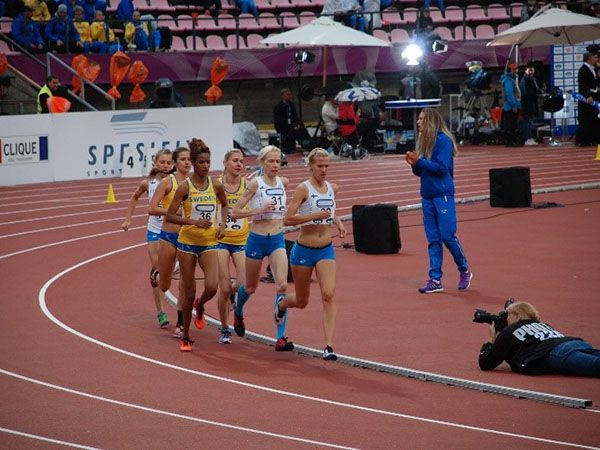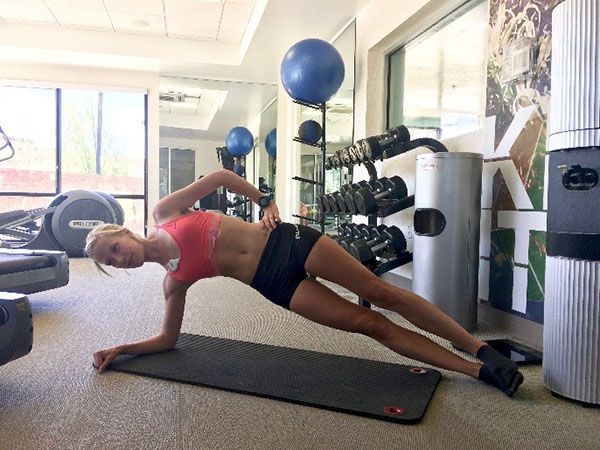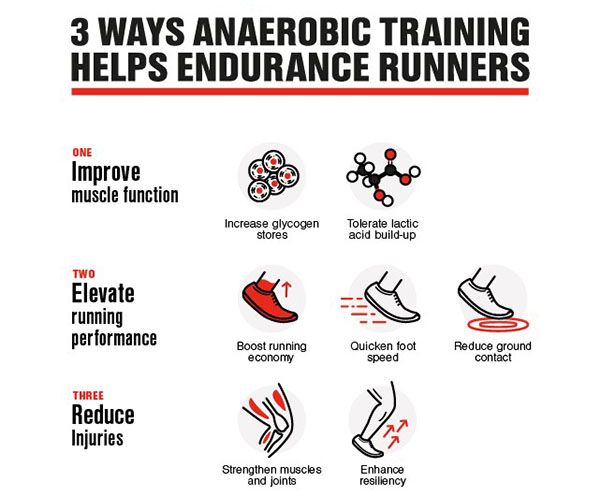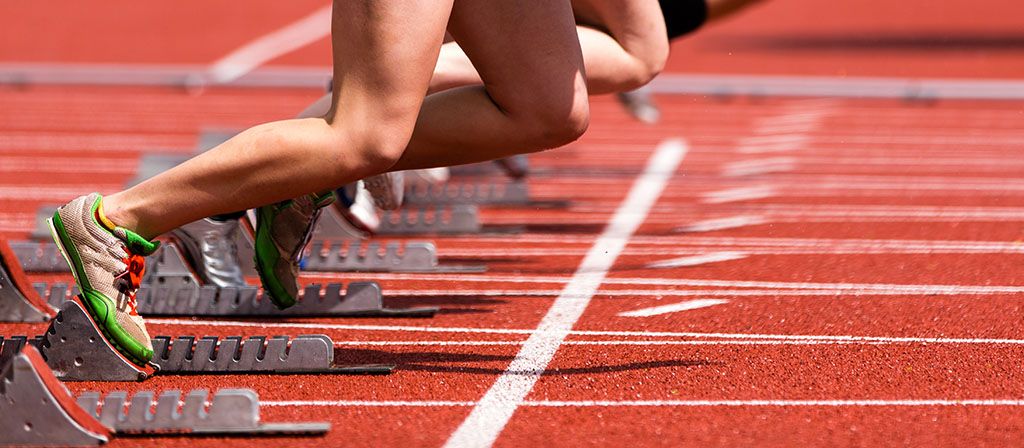USE CASE SPORT: COACH (2)
HOW TECHNOLOGY CAN HELP RUNNERS PERFORM BETTER
April 2018
Following header photo by Jarmo Maimonen
Context

Camilla Richardsson, 23, is an Finnish elite middle-distance runner, who went up to the final of 2017 World Championships in London (3000m steeplechase).
She is using our monitoring solution to better understand and plan her training activities for the past few years.
Some details of her trainings
You can find more on her blog.
1. Endurance
“I’m running around 150km per week,” reveals Richardsson. “And that’s just the normal running, usually around 12km in the morning and another 10km in the evenings.”
Success in middle- and long-distance running and cycling events is built on a foundation of aerobic performance capacity developed through years of regular training. This premium placed on aerobic capacity means that the development of anaerobic capacity is often overlooked, particularly outside the ranks of top racers.
The combination feedback provided by our monitoring on Aerobic and Anaerobic Training Effect calculations ensures that anyone can understand the relationship between the types of training they perform, and the performance aspects developed as a result
2. Explosive training (intervals, sprints)
Talking about the training she does to boost anaerobic capacity, Richardsson is quick to single out her weekly Thursday training sessions. These sessions are built around a series of repeated 200m maximum efforts sprints interspersed with short recovery periods of 1-2 minutes. Her current program calls for this high-intensity performance and short recovery cycle to be repeated eight times, before moving on to the next activity.
“Those sprints leave me feeling really tired, but through that type of training the body develops the ability to store glycogen, which gives you more energy and the ability to do more, harder work. It also helps develop the ability to handle more lactate as it accumulates.”
There are other benefits of these anaerobic oriented training sessions also, especially for high mileage runners. “It’s about quickening up my step, increasing my bounciness off the ground,” she explains. “These are the trainings where I am developing my foot speed, working on decreasing the amount of contact with the ground, and improving my overall running economy.”
Improved running economy, or economy of motion, means being able to run faster while utilizing less energy. Needless to say, good running economy is a prized attribute amongst endurance runners. Improving it can make every step of the race a little easier, a little smoother.
Other running work that Richardsson does to boost her anaerobic performance capacity includes High-intensity Interval Training (HIIT) sessions, which have become popularized among a broader audience in recent years. Weight lifting is another common method used to boost anaerobic performance capacity.
Faster race times aren’t the only benefit of anaerobic training. “These more explosive type training sessions are also important for building muscle strength and developing my joints in a way that protects them and helps prevent injuries,” Richardsson explains.
The combination of feedback provided by our solution on both Aerobic and Anaerobic Training Effect can reveal to anyone how different types of physical activity will impact them at a physiological level.
Conclusion
This kind of insight can be valuable to everyone, not just top international racers.
Describing how even novice runners can benefit from a mix of aerobic and anaerobic training, Richardsson reveals that she was sure to include some anaerobic work in a training plan she recently put together for her father, who was looking get in a little better shape.
“When people start training to lose weight, anaerobic training is an important part of boosting your metabolism, even more so than just focusing on aerobic training activities,” she says.

A single graph to conclude and show you all the benefits of having anaerobic trainings, and not only aerobic ones … even though you are a long-distance runner or you just want to lose weight.

graph made by Firstbeat





